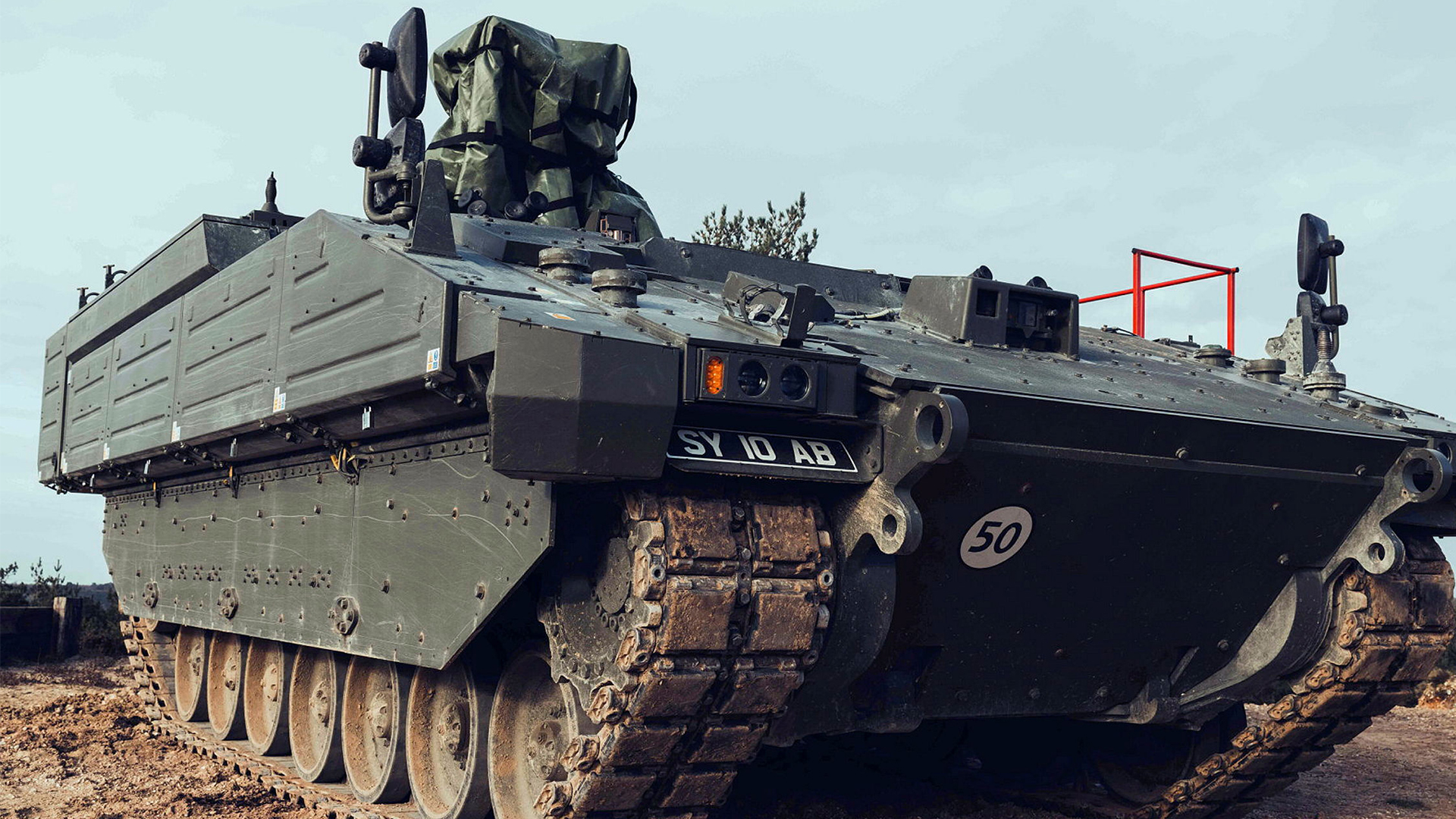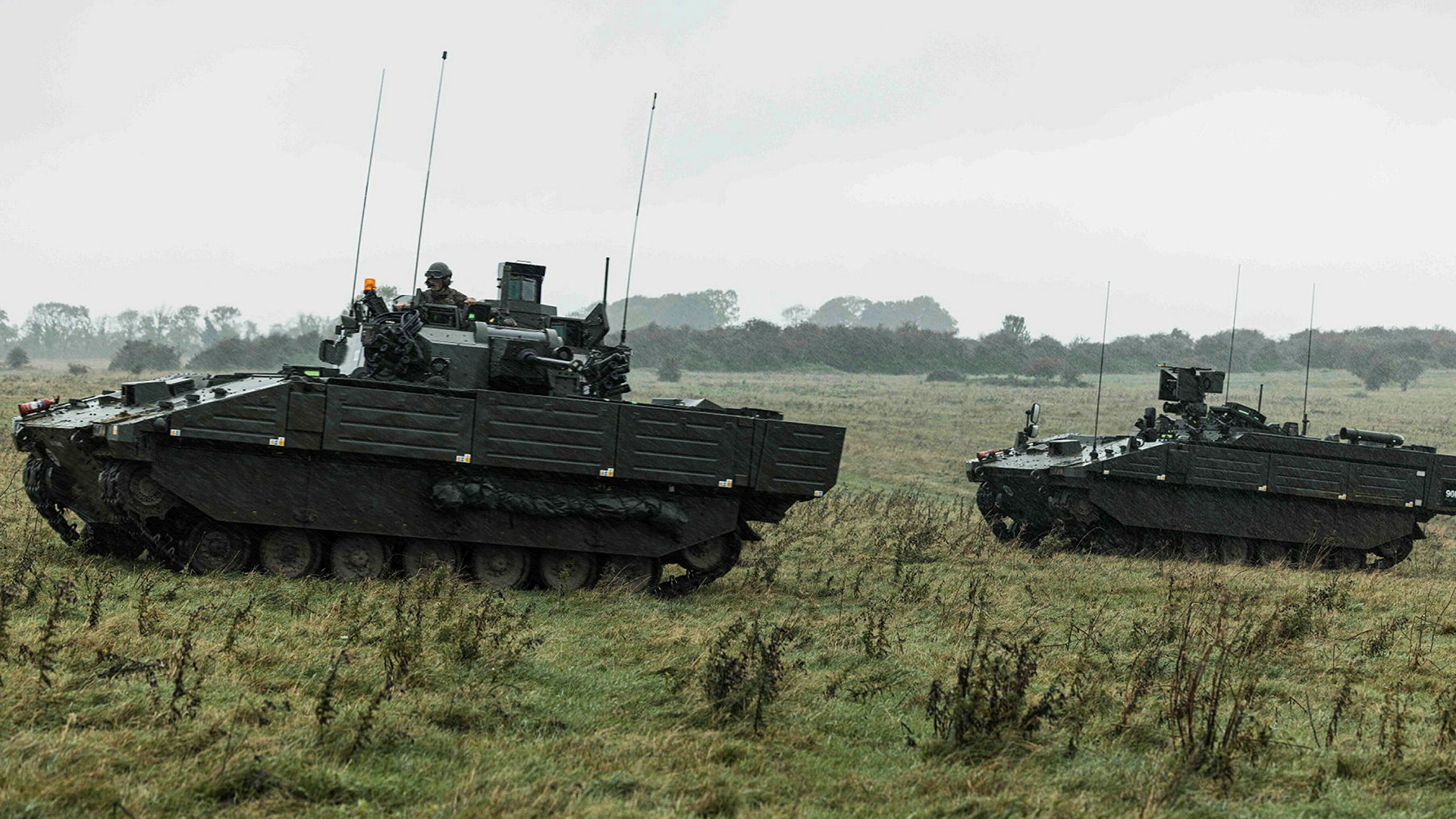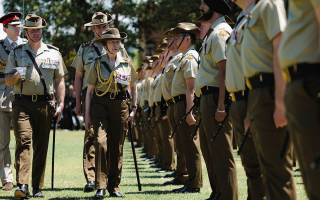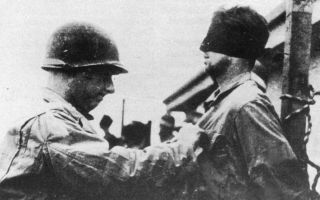Ajax: The armoured reconnaissance vehicle that thinks it's a Tesla, not a Fiat Punto
Ajax has been referred to as the most advanced medium-sized armoured fighting vehicle in the world, but how does an armoured vehicle commissioned in 2010 fit into a modern-day battlefield picture shaped by drones and electronic warfare?
Colonel Jamie Hayward, the programme director for the Armoured Cavalry Programme, explained how Ajax would fit into the Army's new 20-40-40 concept – a 20% survival layer, a 40% attritable layer and a 40% consumable layer.
In simple terms, this will see traditional platforms like artillery and tanks used alongside a larger proportion of expendable autonomous systems and AI-powered assets – much like we're seeing in Ukraine.
Col Hayward explained how Ajax would work alongside these capabilities. "It's an open architecture, which allows the platform to be rapidly upgraded over time, which you'll appreciate is one of the lessons from Ukraine about the ability to adapt," he said.
"So the electronic architecture could allow us in the future to control drones, and General Dynamics [the manufacturer of the Ajax family of vehicles] have already proven that in their own internal testing... that they can use the vehicle alongside drones.
"And then [there are] the systems on the vehicle that allow us to detect drones as well.
"We've got really capable day and night sights, and critically we've got an acoustic sensor as well which can pick out shots, helicopters, drones and understand where they are in the battlespace and also help to identify what type of particular threat they are."
Col Hayward said he was confident it couldn't be jammed.
"The radio system that we have is the Bowman system that... the whole of the Army uses, which is resilient to being jammed, and the troops have procedures to make sure they minimise their chances of being jammed as well," he said.

The Ajax family of AFVs is replacing the British Army's CVR(T)s such as the Scimitar and Spartan armoured vehicles that were developed back in the 1960s.
Ajax is primarily a reconnaissance vehicle, and it can listen to – and hunt – targets up to five miles away. And its 40mm gun is able to strike targets while on the move.
Captain George Beal, OC Recce, The Queen's Royal Hussars Battlegroup, told BFBS Forces News Ajax was "night and day" compared with the other reconnaissance platforms he'd trained on.
Ajax enables the crew to spot and track threats and pass data up the chain faster than any previous armoured vehicle – all of this without relying on a soldier poking out the top of the turret, making it a different driving experience too.
"Comparing a Fiat Punto to a Tesla, I think, is a pretty fair representation of the step change in the technology that is available to you as a commander," Capt Beal explained.
"When I first stepped into the vehicle, you were surrounded by the screens and the toggle switches, whatever it is. But the way the system's designed, it's really accessible. Our troopers take to using the systems really, really quickly."

Having met its initial operating capability, it's the first armoured fighting vehicle to enter service with the British Army since the Challenger 2 nearly 30 years ago.
The Ajax family will eventually be made up of 589 vehicles, with six variants, and a cost of £5.5bn.
And Defence Readiness and Industry Minister Luke Pollard said Ajax was just the start.
"This is just one capability and a suite of new capabilities that we're investing in as part of a £41bn modernisation of the British Army," he said.
"Ajax won't be fielded on its own, nor will the UK fight on our own.
"But importantly, if any adversaries are looking at this today, they should know that the British Army is now able to field the best-in-class armoured fighting vehicle on the planet, and that has increased deterrent capabilities against anyone thinking of starting a fight with Nato."

But the real test for Ajax will come when it's deployed – in an environment where even the most advanced kit faces cheap disposable threats from the air.
From the outside, it looks like a standard armoured vehicle similar to what we've seen on the battlefield in decades gone by.
But the digital technology and software inside can be continually updated – much like a smartphone.
It's thought this well-guarded technology will help Ajax defeat the types of drone threats and electronic warfare we're currently seeing on Nato's eastern border – and ensure it overcomes any future threats we may not be aware of yet.
The Ajax programme is set to reach full operational capability by the end of 2029.








